Reflection Photography - Tips & Tricks on How to Take Pictures of Reflections
Using reflections is one of the most popular—and powerful—techniques in photography, from beautiful sunsets to lonely silhouettes. Here are some tips and tricks for the many ways in which you can use reflections to shoot a fantastic photo.
Water Planes…
Probably the most common type of reflection photography out there, but that doesn’t mean that it’s all just cliché. Spectacular skyscapes reflected on water are a mainstay—the symmetry provides for double the beauty, after. Beyond that, many photographers choose to mix it up with silhouettes, common water features such as docks, but also human silhouettes or the natural curve of the shore. Nor does the reflection have to be the focus of the picture. The focus of the picture could be something completely different, while the reflection itself merely provides a subtle, simple background. It’s a time-honored way to take a picture, and one that is difficult not to have exquisite results with.
Times near dawn and dusk are the most typical, and with good reason: not only is the water is more likely to be calm, but the colors and clouds of the sky also tend to be more dramatic. Take a walk in a park near you—maybe with a friend for some silhouettes or brainstorming, or maybe with just an eye for interesting features and lines.
Water Reflection Examples
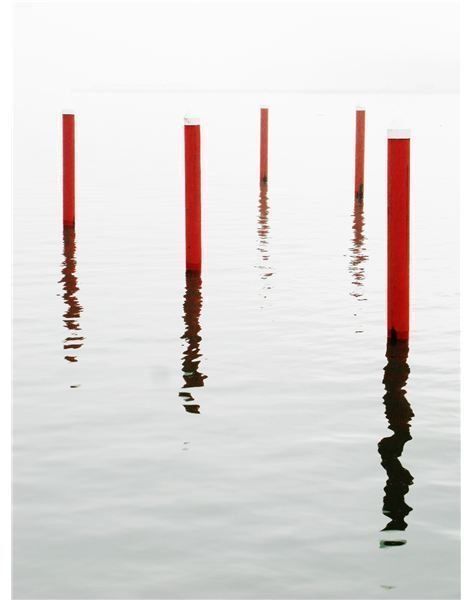

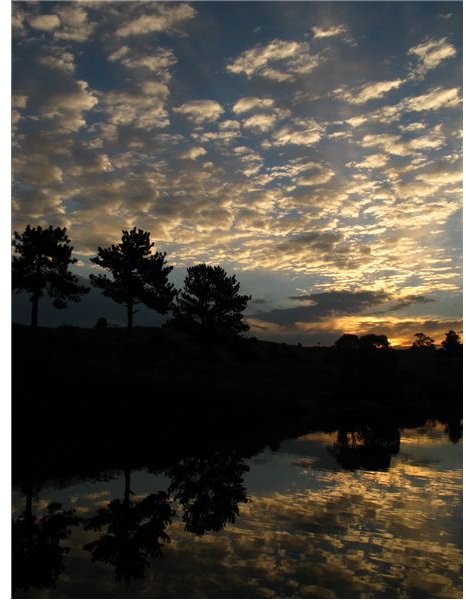
…And Glass Panes
We aren’t limited to water as a reflective medium, however. In our modern world of glass and steel, manmade reflective surfaces abound. While sunsets and storm clouds look fantastic on the face of a skyscraper, many of these surfaces are only half-reflective—which in itself can be used as a powerful tool. A pane of glass can be a window to both the inside and outside worlds, a medium for very surreal effects.
Experiment with the manmade surfaces around you. They don’t have to be perfectly reflective—dirty glass, while maybe not the prettiest for a passerby, can provide a gritty noir mood to a photograph. Partial reflections can be used to juxtapose multiple scenes on top of each other, so keep a keen eye out on your surroundings. A walk through any urban environment and a creative eye is bound to be fruitful.
“Alternate” Reflective Surfaces Examples
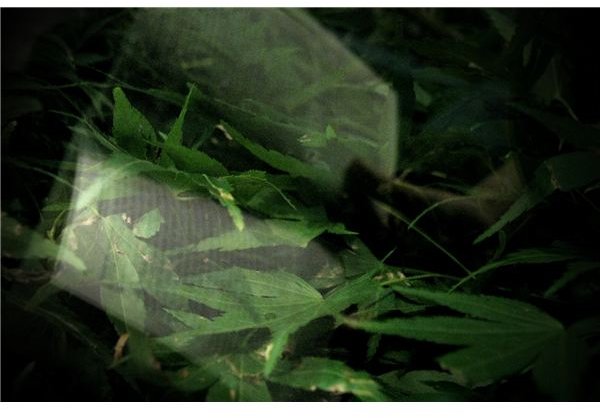
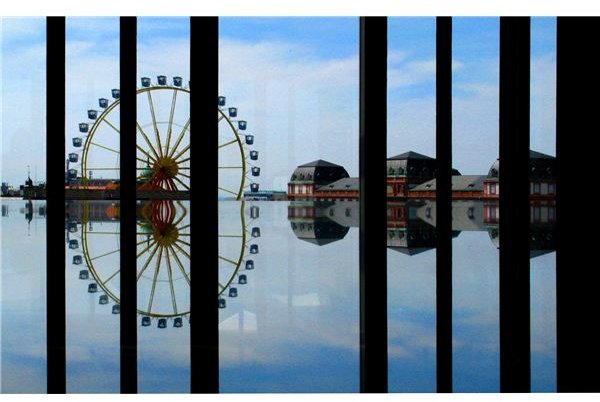

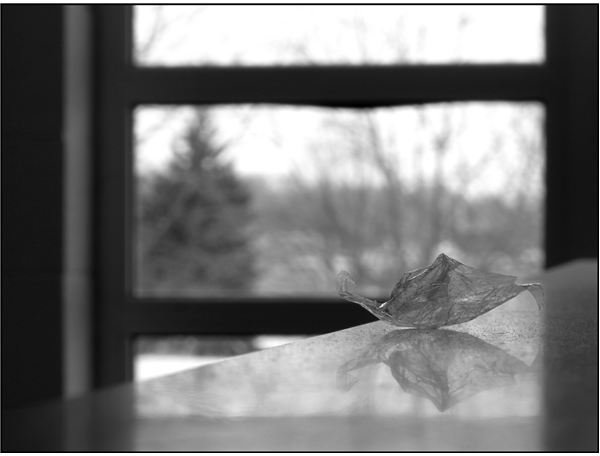
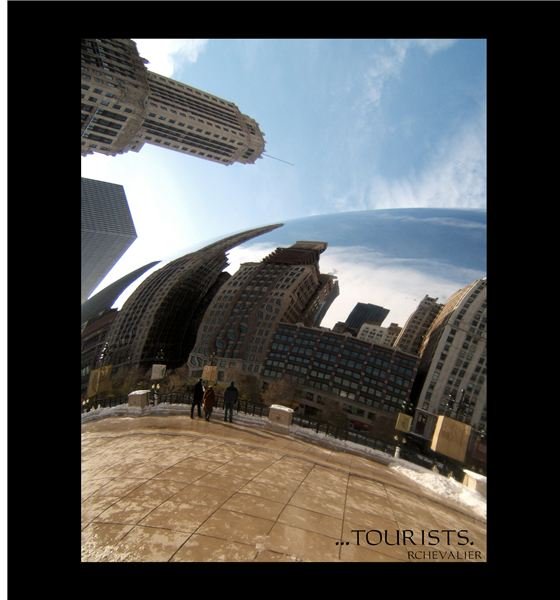
Droplets, Droplets Everywhere
Of course, there’s no requirement in reflection photography that the reflective surface has to be flat. Droplets are a great example of this. All around us, after a rain or after the sprinkler goes off or after the morning dew, they provide a curved window into reality, reflecting and refracting the light in often spectacular ways. Alone or in groups, in focus or out, they sparkle or they shine, they complicate or clarify an image.
However, with such small things being the subject of your photo, you’ll have to take some especial technical care. A primer in f-stop, aperture and general macro photography is an absolute must. In addition, a good dose of patience is required, to get that reflection—or reflections—exactly right. The patience definitely pays off, however, and the creative potential is boundless.
Droplet Examples
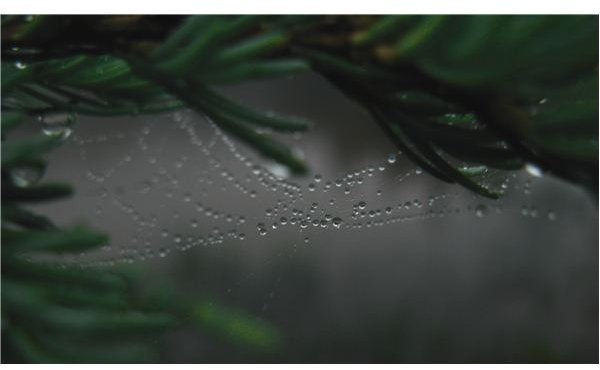
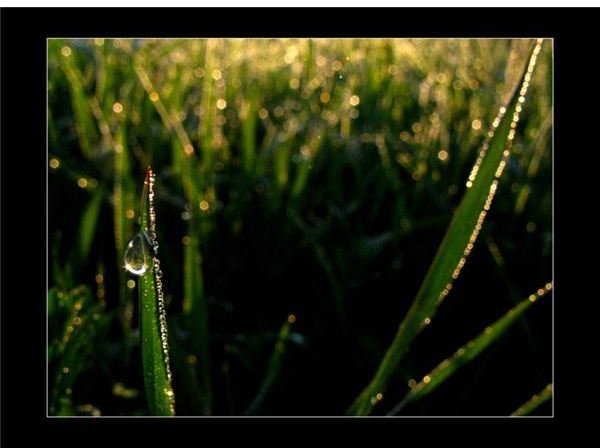
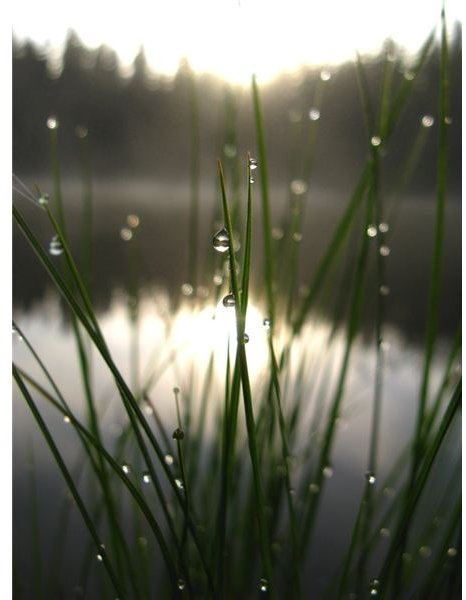
When Reflections Aren’t Wanted
Of course… sometimes a reflection isn’t entirely appropriate for the photo you want to take, be it off a bald head or if the picture you’re trying to take really is on the other side of a piece of the glass. There are a few things you can do if you don’t want a reflection in your photography.
If the reflection is from a medium that you are attempting to shoot through, say, the sky on the water when you want a picture of the fish, then a polarizing lens might be in order. Essentially, they work to decrease reflectivity in surfaces. Also, play with the angle from which you are taking the shot to try and reduce glare, or take the picture in a situation with less bright light.
